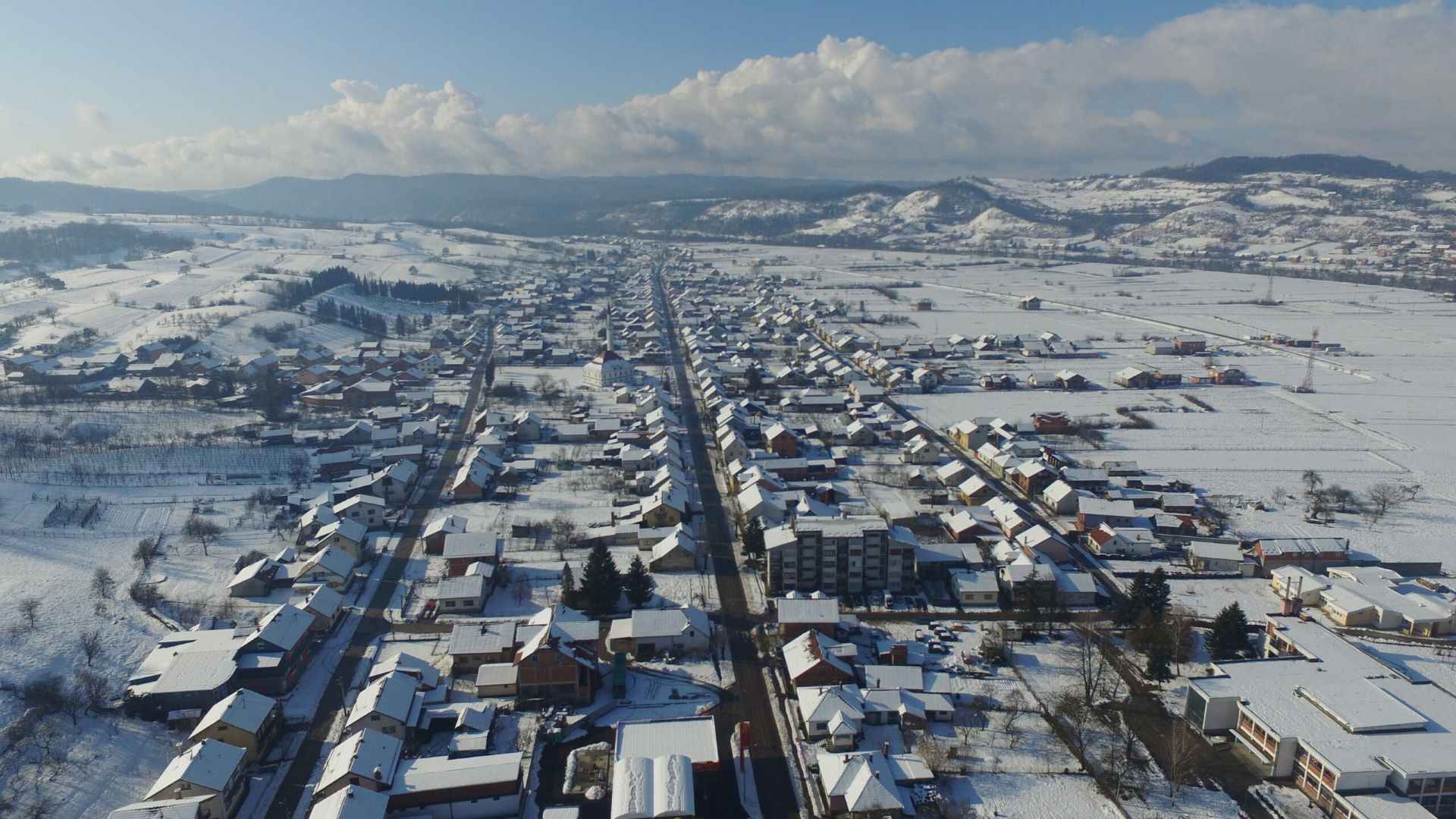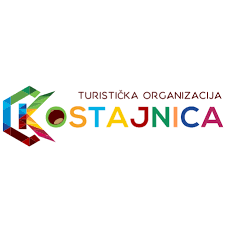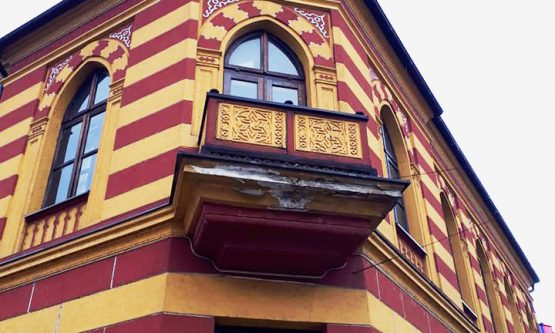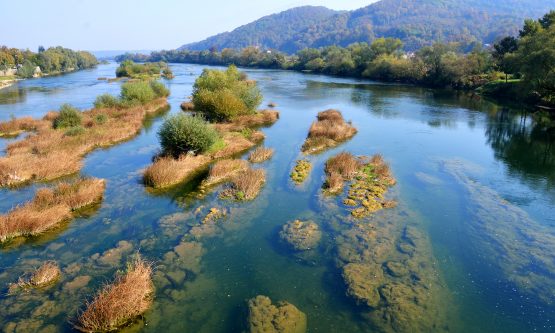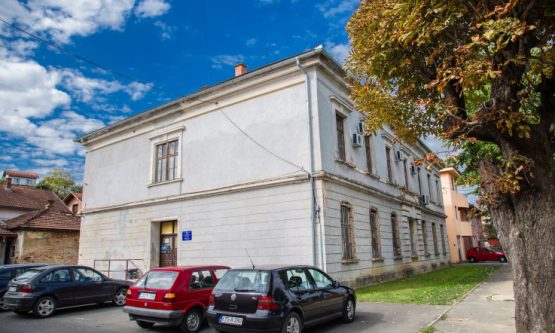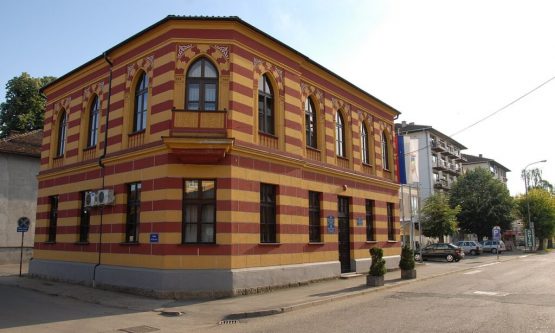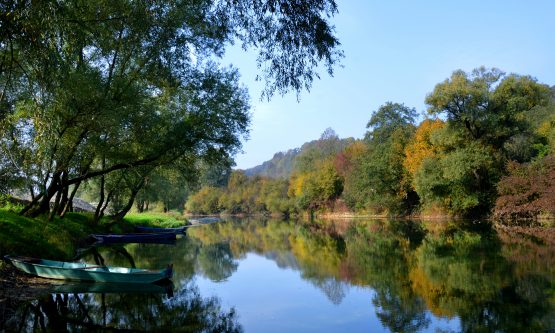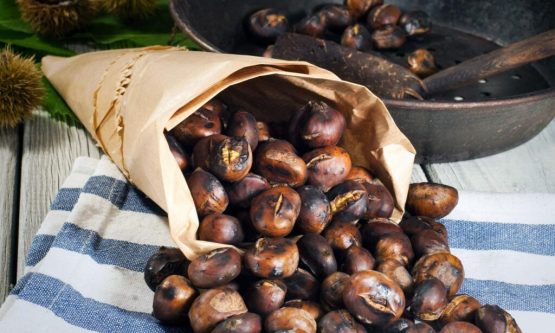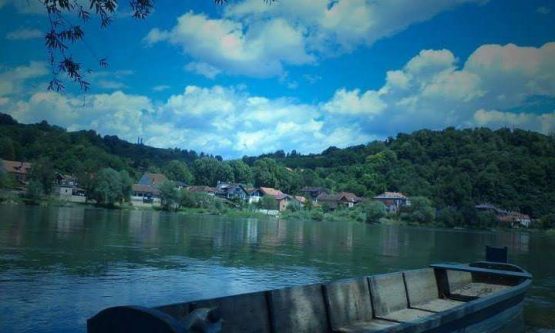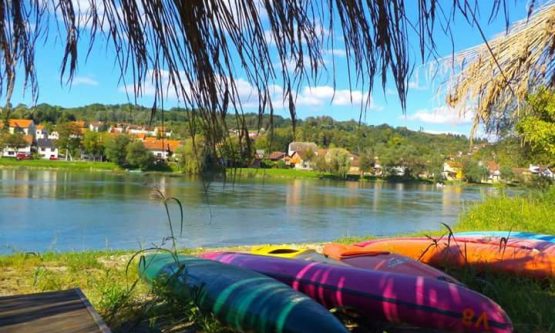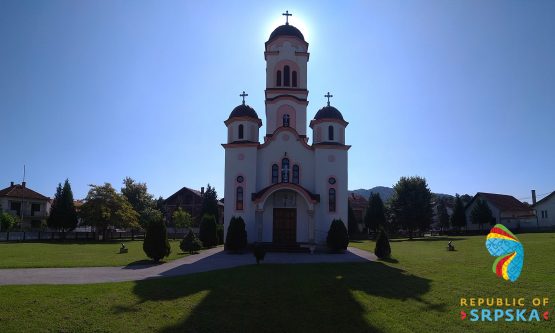Welcome to Kostajnica
Kostajnica has long been an important place on the border between the Orient and Europe, with a turbulent history and culture, as well as a rich cultural and historical heritage. Located in the northwestern part of Republika Srpska and Bosnia and Herzegovina, on the right bank of the Una River, right on the border with the Republic of Croatia, this small municipality is home to 5,977 inhabitants. Surrounded by a clean environment of untouched nature, Kostajnica abounds in natural beauty. Balj Hill, the forest of sweet chestnut from which, according to some theories, Kostajnica got its name, numerous springs of drinking water, the emerald Una River and the Strigova stream are unique features of the Kostajnica region. Thanks to the hospitality of the people of this region, you will always feel welcome and comfortable in Kostajnica – the city of chestnuts.
Culture
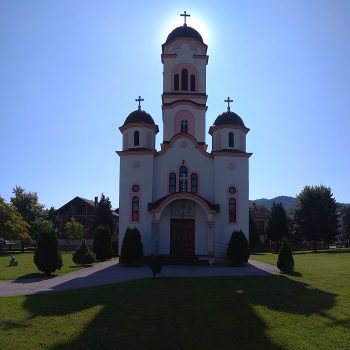
The cultural life of Kostajnica is deeply rooted in the activities of the Cultural and Artistic Society “Potkozarje,” founded in 1978. Initially, the society comprised three sections: choir, folklore, and traditional singing. Over time, a tambouritza orchestra and old-town singing groups were also added. Notably, the society has represented former Yugoslavia on the international stage, participating in a choral singing festival in Barcelona and visiting Šenkvici in Czechoslovakia.
The National Library “Nevenka Stanisavljevic,” established in 1955, is another cornerstone of Kostajnica’s cultural landscape. It has served as a hub for literary gatherings, book promotions, theatrical performances, exhibitions, and panel discussions. The library boasts a collection of around 25,000 books and has active sections dedicated to storytelling, drama, and poetry.
Kostajnica’s religious heritage is evident in its four houses of worship. The Orthodox Church of the Holy Trinity, built in 1886, was tragically destroyed during World War II and rebuilt in 1976. The Church of Saint Lazarus in the village of Mrakoдол has a similarly poignant history, having been reconstructed after its destruction in 1941. The newer Church of Saint Basil of Ostrog was completed in 2017, while the Azizia Mosque, built in 1862, was rebuilt after being destroyed in the 1992 war. Azizia is the largest mosque in the Republic of Srpska, with its two floors and a total area of 850 square meters.
Nature
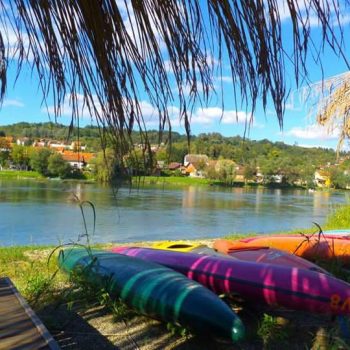
The natural treasures of Kostajnica include the Balj forest, the Una River, and the Strigova stream.
The Balj Forest, a hilly area above Kostajnica, is abundant in beech, oak, and sweet chestnut trees, the latter being particularly characteristic of the region. Thanks to its chestnut forests, Kostajnica hosts the Chestnut Festival, a unique event dedicated to this delicious fruit. Aside from chestnuts, the Balj Forest offers a variety of other forest fruits and a pleasant hiking experience.
The jewel of Kostajnica is the Una River, which flows through the town for 14 kilometers. In this part of its course, the Una takes on the characteristics of a calmer lowland river, becoming shallower due to the deposition of limestone, which creates a unique type of sediment known as travertine. The river is adorned with waterfalls and islands.
The Strigova stream is a tributary of the Una River and is known for a unique annual phenomenon that occurs in early April. This is the spawning of the common dace, which migrates in large numbers from the Sana and Sava rivers into the Una and then upstream into the Strigova to spawn. The fish remain in the stream for about ten days before returning to the Sana and Sava rivers, with a portion staying in the Una. Thanks to this phenomenon, the Strigova is the only natural spawning ground for this fish species in the region. In addition to the common dace, the Strigova stream is also a spawning ground for chub and asp.
Adventure
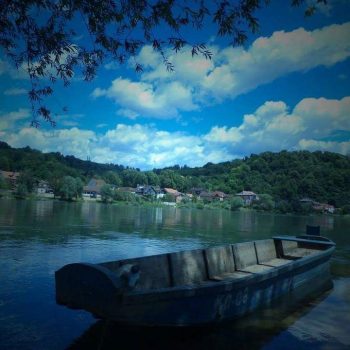
“Our adventure led us to the emerald Una River. In its lowland flow through Kostajnica, the Una is gentle, calm, clear, and pure, but also quite stony, making it perfect for fishing techniques such as float fishing, bottom fishing, and spinning. The most common fish species in this part of the river include: dace, roach, common bream, chub, ide, gudgeon, common barbel, carp, amur, asp, and bleak, as well as salmonids: catfish, perch, pike, asp, and grayling. Caught trophy specimens of catfish, amur, and grayling are certainly an incentive for all fishing enthusiasts to try their luck in the Kostajnica fishing area.
The Una River is suitable for various recreational activities such as swimming and boating, and it is particularly attractive during the summer months when its banks are filled with numerous swimmers and excursionists.”
Gastro
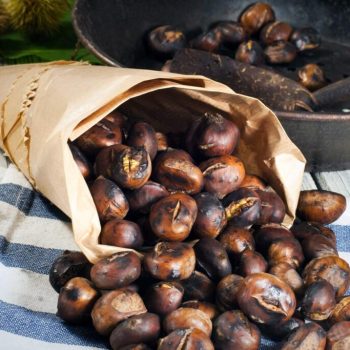
The gastronomic offer of the Kostajnica region is characterized by traditional dishes typical of the Potkozarje area: uštipci (fried dough), pogača (flatbread), cicvara (cornmeal mush with kajmak), cornbread, žganci (boiled cornmeal), pies, and smoked meat (sausages, bacon). Popular dishes include ćevapčići (grilled minced meat), lamb and pork roast, which are an indispensable part of any celebration. And no celebration is complete without a toast with homemade plum, apple, or pear brandy.
The most famous autumn delicacy characteristic of Kostajnica is roasted and boiled chestnuts. Simply take a walk to the Baљ forest, gather chestnuts, and then roast or boil them at home. Thanks to the chestnut forest, Kostajnica has an authentic product, Kostajnica chestnut honey, recognizable by its dark color, specific bitter aroma, and high quality. Chestnut honey is exceptionally healthy due to the high percentage of pollen grains and is also rich in minerals and vitamins.
Tourist organization of Kostajnica
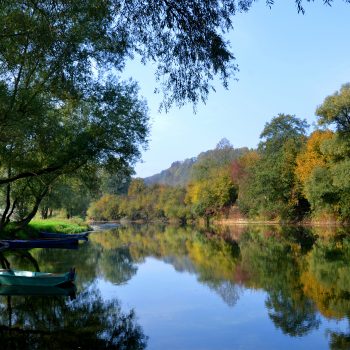 Una Nature Park
Una Nature Park
Una Nature Park was declared on September 12, 2019, and covers an area of 2,772 hectares. The area is located within the municipalities of Novi Grad, Kozarska Dubica, Krupa na Uni, and Kostajnica.


